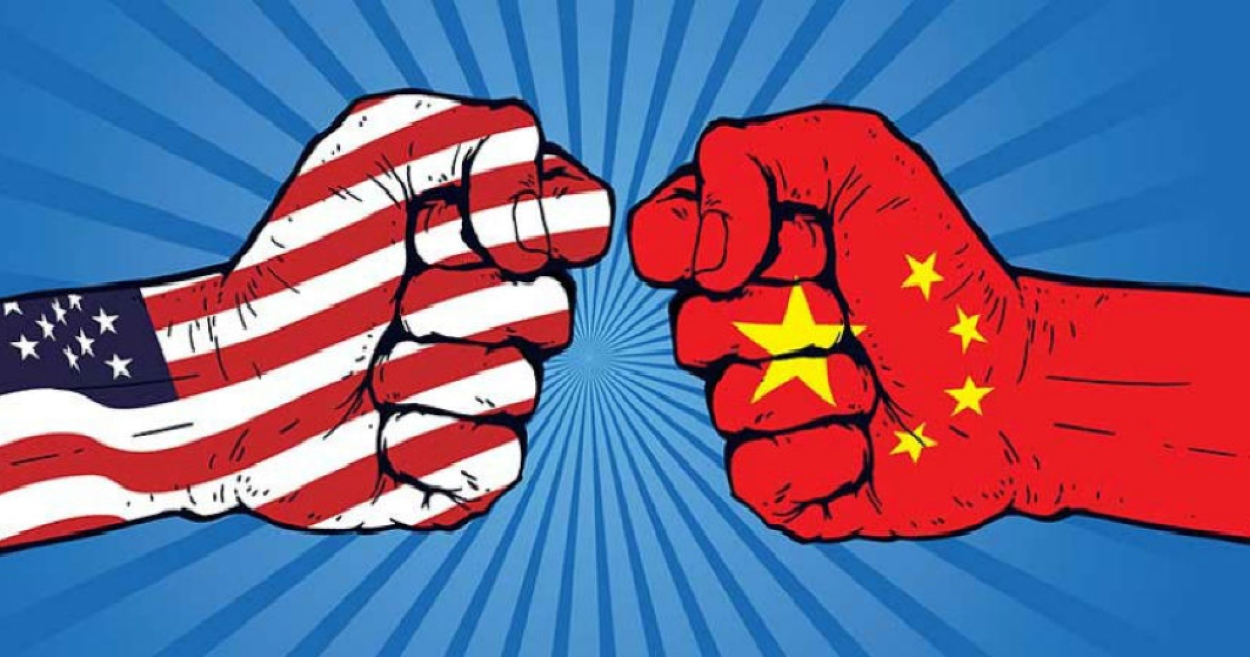China has unleashed a charm offensive in South America, and its efforts to get a foothold in the region are yielding dividends – a Chinese Hunter SHH100 drone killer has been deployed in Venezuela. The US has been apprehensive of the dragon breathing under its neck.
The US thwarted China’s attempt to gain inroads in Latin America by persuading Argentina not to opt for Chinese-made JF-17 fighter jets. However, China is making another attempt to enter the American backyard in Latin America by marketing its Main Battle Tank-3000 VT-4 to Colombia.
It remains to be seen if Colombia, one of the US’s oldest allies, will bite the bullet. But at the beginning of March 2024, Venezuela integrated the Skyfend Hunter SHH100 anti-drone device into its National Armed Forces. The Comprehensive Aerospace Defense command overlooks this acquisition.
This comes as the US prohibition of the export of defense articles and defense services to Venezuela is in place. All dual-use US technology is potentially subject to export licensing by the US government.
The anti-drone equipment, designed by the Chinese firm Skyfend Technology, is a handheld system that can detect, identify, locate, and neutralize inimical drones. It can also take on multiple drones simultaneously by targeting their control systems, navigation, and video transmission by jamming radio (RF) and satellite navigation (GNSS).
With omni-directional antennas, Hunter detects and alerts drone signals in all directions within a 2-kilometer range. Upon a drone entering the detection zone, the Hunter swiftly obtains its model, frequency band, and direction.
It then automatically adjusts the jamming frequency, targeting the RF or GNSS signals specific to the detected drone model, effectively neutralizing the drone threat beyond visual range.
The drones have a comprehensive drone database for detection, covering mainstream UAV models. It provides continuous coverage from 400MHz to 6GHz from a hardware perspective. With firmware upgrades, it can jam any frequency.
More jamming possibility is offered especially for wide-spectrum FPV. Additionally, Hunter can be upgraded to include frequency ranges according to users’ needs.
The device supports all major global satellite positioning systems, including GPS, GLONASS, BeiDou, and Galileo, ensuring comprehensive coverage and automatic frequency adaptation.
Venezuela aims to deploy the technology for VIP protection and to safeguard critical infrastructure.
The US has strictly prohibited all commercial arms sales and retransfers to Venezuela. This policy has been in place for several years and reflects the US government’s stance on the situation in Venezuela.
Additionally, U.S. Department of Commerce export controls related to Venezuela impact dual-use technology, including expanded restrictions on sales to military end users since mid-2020.
Furthermore, under Section 40A of the Arms Export Control Act, the US Department of State has consistently determined that Venezuela was “not cooperating fully” with US counterterrorism efforts since 2006. As a result, defense articles and services may not be sold or licensed for export to Venezuela during the relevant fiscal year.
In summary, there have been no authorized US exports of weapons to Venezuela due to these stringent restrictions and ongoing concerns about the situation in the country.
China Takes Advantage Of American Absense
China has been taking up lacunae created by the US absence. Just like Venezuela, China has been trying to increase its influence in Colombia.
Since the pandemic, as the US remained absent, Colombia became more dependent on Chinese financing and contractors as a source of local job creation. During the COVID, China was the first country to send vaccines to Colombia.
In 2021, in recognition of China’s help in fighting the Coronavirus, Xi gave a speech to the people of Colombia via video link.
With an eye on the US, Beijing has been cozying up to Bogota as it upgraded its ties with the South American country to a strategic partnership in 2023.

By upgrading relations with Colombia, China now has strategic ties with 10 out of the 11 Latin American countries. Guyana is the only country in the region with only ordinary and bilateral relations with Beijing. Beijing aims to have a strategic influence in South America to match that of the US.
Colombian President Gustavo Petro visited China and met President Xi Jinping in October 2023. It was the first visit of the Colombian President after taking office in 2022. China hopes its dallying with Colombia will give it a strong foothold in Latin America.
The China North Industries Corporation (Norinco), a giant in the Chinese defense industry, has recently made “a bold proposal” to Colombia by offering its MBT-3000 (VT-4). “This move marks a significant milestone in military relations between China and Colombia and could significantly transform the dynamics of military power in the region,” media reports said.
At the beginning of December, Norinco made a live demonstration of a wide range of military vehicles it manufactures, including MBT tanks, light tanks, infantry combat vehicles, self-propelled artillery, and mine-protected vehicles.
The Colombian Army has been keen to augment its armored capabilities and create an armored brigade in La Guajira, an arid region in the north. It must also replace its inventory’s aging fleet of Brazilian armored vehicles. Its American-made ASV-M-1117 also needs an upgrade as the older Brazilian armored car is being phased out.
The Chinese MBT-3000 VT-4 would add quite a punch to Colombian armor strength. During the live demonstration, Norinco highlighted the capabilities of these tanks. And there is a high chance that 44 of these tanks can be acquired to create Colombia’s first armored unit.
Bogota’s defense ties with Beijing have been slow-moving, but they have seen an uptick. Over the years, China has donated small military equipment. Gifts from the PRC over the years have included hats and gloves for Colombia’s high-mountain battalions during the Uribe government and donations of mobile bridges and two Y-12 medium transport aircraft, given in April 2014.
The Chinese aircraft spent several years in service with Satena, the national airline run by the Colombian military to service remote parts of the country underserved by traditional airlines. They were ultimately removed due to concerns over their structural integrity following a weather incident.
- Ritu Sharma has been a journalist for over a decade, writing on defense, foreign affairs, and nuclear technology.
- The author can be reached at ritu.sharma (at) mail.com
- Follow EurAsian Times on Google News




